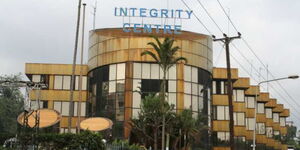Starting Friday, March 18, TVs in East Africa will face random disruption of the transmission of signals.
This will be due to interruptions that are expected to last between two and eight minutes at random intermissions.
Experts explained that the disruptions are always caused by “satellite sun outage” a phenomenon that happens twice a year.
The disruption will start reducing on Wednesday, March 23 when it will last for seven minutes, then four minutes and forty-four seconds on Thursday, March 24, the final day.
These outages occur when the sun passes directly behind the satellites that transmit cable signals for any provider.
According to experts, when the sun is aligned with a transmitting satellite, solar flares and radiation emitted by the sun disrupts the satellite’s signal and causes a brief signal outage.
Notably, broadcast transmission is done via satellites which starts with a signal coming from a source (TV or radio) to a large antenna referred to as a "gateway station".
The antenna transmits that signal to a satellite, that relays the signal over an area, allowing people to watch television or listen to the radio.
Media houses use satellites that are geostationary, which means they remain fixed at one point on earth but communicate in a microwave frequency which is also a similar frequency to what the sun uses to transmit.
During the sun outage, customers may experience a pixelated picture, picture freezes, or audio distortions for a brief period of time.
Luckily, the sun outages don’t affect internet or phone service. Experts also noted that people whose internet is provided through a satellite may also experience some downtime.












